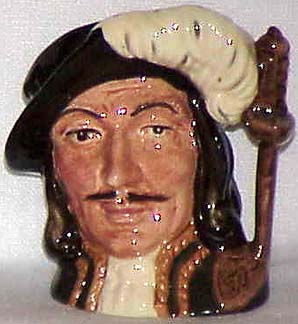ROUND THE FOURTEENTH-CENTURY font in the parish church of Bradley, Lincolnshire, is carved an English inscription, which runsPater Noster, Ave Maria, Criede,
Leren the childe yt is nede.That injunction was directed to the godparents and was a formal part of the rite of baptism in late medieval England. Just before the blessing of the font at baptisms the priest was required to admonish the godparents to see that the child's parents kept it from fire, water, and other perils, and themselves to "lerne or se yt be lerned the Pater noster, Aue Maria and Credo after the law of all holy churche" The Lord's Pryaer, Hail Mary, and Apostles' Creed were in fact the irreducible core of a more elaborate catechetical programme for the laity which had been decisively formulated for the English Church at Archbishop Pecham's provincial Council of Lambeth in 1281. The Council drew up a schema of instruction for the laity, De informacione simplicium, better known by its opening words Ignorantia Sacerdotum, which was to be expounded in the vernacular to parishioners four times in the year.- Eamon Duffy, Stripping of the Altars (Yale)
Be that as it may be, Professor Duffy (Fellow of Magdalene College, Cambridge) has done a great service in presenting this major revisionist account of the pre-Reformation church in England. In the words of Jack Scarisbrick, "A mighty and momentous book ... which re-orders one's thinking about much of England's religious past."










No comments:
Post a Comment